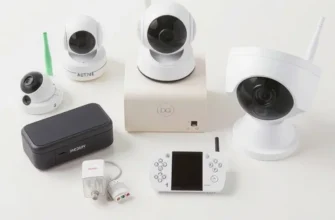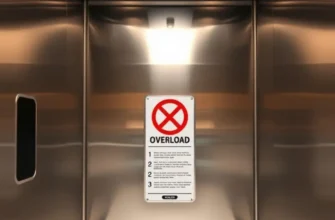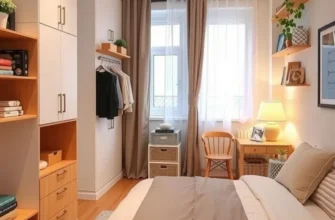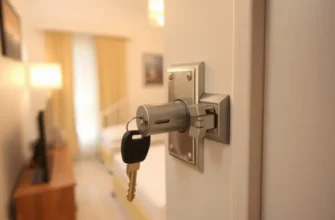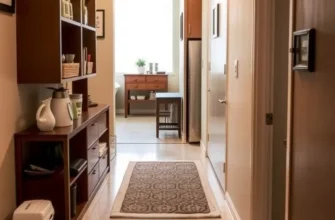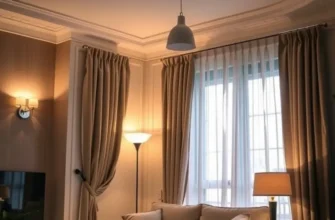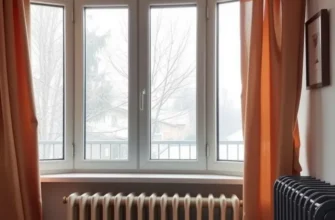Every renter knows that finding the perfect apartment goes beyond its aesthetic appeal and convenient location; it also means ensuring a safe, secure living environment. One critical aspect that often gets overlooked in apartment hunting is pest control and prevention. Living with unwelcome pests can not only be unsettling but may also pose serious health risks. Therefore, understanding how to perform regular pest inspections and knowing the signs of infestations can empower renters to maintain a secure and comfortable home. With clear, actionable tips tailored for renters across the U.S., we’ll navigate through effective strategies for pest inspections. Keeping your apartment pest-free is about prioritizing safety and opting for hassle-free maintenance solutions, giving you peace of mind at home.
Identifying Common Pests: What Renters Should Look For

Living in an apartment provides a host of conveniences, but it also means sharing walls, floors, and ceilings with neighbors. This proximity can sometimes lead to unwanted guests—pests. Identifying these invaders early can save time, money, and a lot of stress. Below are some of the most common pests found in apartments and tips to identify their presence.
Cockroaches
Cockroaches love warm, dark, and moist environments. Kitchens and bathrooms are prime spots. Look for these pests in the corners, behind appliances, and under sinks. Their droppings resemble coffee grounds or black pepper. You might also notice a musty smell if they infest an area. Spotting one cockroach often means there are more lurking nearby.
Ants
Ants can infiltrate your apartment in search of food. Though small, they tend to invade in large numbers. Look for narrow trails along surfaces and walls. They often enter through windowsills, door thresholds, or tiny cracks. To test an ant problem, leave out a small piece of sugary food and observe if it attracts a marching line.
Bed Bugs
Bed bugs are nocturnal and hide during the day in mattress seams, headboards, or baseboards. Key signs include small rust-colored stains on bedding or mattress. You might also experience small, itchy bites in a line or cluster, usually on exposed skin.
Mice and Rats
Rodents are not only unhygienic but destructive. Look for gnaw marks on food packages or furniture. Their droppings are pointed and dark. Listen for scratching noises in walls or ceilings, especially at night. Mice can squeeze through openings the size of a dime, so inspect for any small entry points.
Spiders
While they mostly help control other pests, spiders can sometimes be a nuisance. Look for webs in corners, closets, or less-trafficked areas. Some species, like the brown recluse, require more caution due to their venomous bite.
Solutions and Next Steps
If you detect signs of infestation, report it to your landlord immediately. Document with pictures or videos to ensure clear communication. It’s crucial to understand your lease agreement’s stance on pest control responsibilities. Implement preventive steps, like sealing food in containers, reducing clutter, and sealing small cracks. Consider natural deterrents—some renters have found success using homemade cleaning solutions.
Finally, coordinate with your neighbors. Pests can easily travel between units, and collective action can be more effective. Early detection and proactive steps can help maintain a pest-free apartment lifestyle.
Proactive Pest Prevention Strategies for Renters

Creating a pest-free apartment begins with a strategic approach to prevention. By implementing a set of proactive measures, renters can significantly decrease the likelihood of unwanted critters invading their living spaces. Here, we delve into strategies that focus on sealing entry points, maintaining cleanliness, and supporting a non-pest-friendly environment.
Pests often exploit even the smallest gaps to make their way inside. Sealing entry points is a vital step in pest prevention. Start by inspecting your apartment for cracks and crevices around windows, doors, and walls. Use simple materials like caulk or weatherstripping to seal these areas. Pay special attention to gaps around plumbing fixtures and electrical outlets, where pests can easily enter. By fortifying your apartment’s exterior and interior, you create an effective barrier against many common pests.
Proper food storage is another cornerstone of pest prevention. Pests are often drawn to food sources. Always store food items in airtight containers to deter pantry raids. This applies to both consumable goods and pet food. Additionally, avoid leaving dirty dishes in the sink for extended periods, as these can attract insects and rodents alike. By keeping food stored securely, you minimize the appeal of your apartment to hungry pests.
Routine maintenance checks should be a part of every renter’s pest prevention strategy. Check for leaky faucets or pipes, as excess moisture can attract pests looking for water. Not only does fixing leaks help in pest prevention, but it also saves on utility bills. Regularly clear out drains, ensuring they are free of debris that might attract or support small dirt and grime-loving insects.
Maintaining a clean and clutter-free environment is essential. Pests thrive in clutter, which provides them with hiding spots and nest-building resources. Make a regular habit of decluttering closets, under the bed, and storage areas. Implement a routine cleaning schedule that includes sweeping, vacuuming, and dusting to remove food particles and dust, which are inviting to pests.
Finally, building awareness of apartment structures is crucial. Understanding the vulnerabilities in your living space can help you proactively address problem areas. Familiarize yourself with common pest issues in your locality and apartment complex. Engage in conversations with your landlord or property manager about their pest control policies and practices. Collaborative efforts between tenants and property managers can lead to more effective prevention strategies.
By following these measures, renters can cultivate an environment that is less conducive to pests. For more on creating a safe living environment, consider checking out this guide on apartment wellness checklists. Embracing a proactive approach to pest prevention not only enhances well-being but also preserves the integrity and comfort of your home.
Final words
Keeping your apartment free from pests doesn’t have to be daunting. By understanding what to look for and adopting preventive measures, renters can greatly minimize the risk of infestations. As you continue your renting journey, always remember that a proactive approach to pest inspection is key to maintaining a secure and comfortable living space. Your health and peace of mind at home are worth the effort. Stay vigilant, keep your living space clean, and don’t hesitate to report pest problems to your landlord or property manager promptly.


